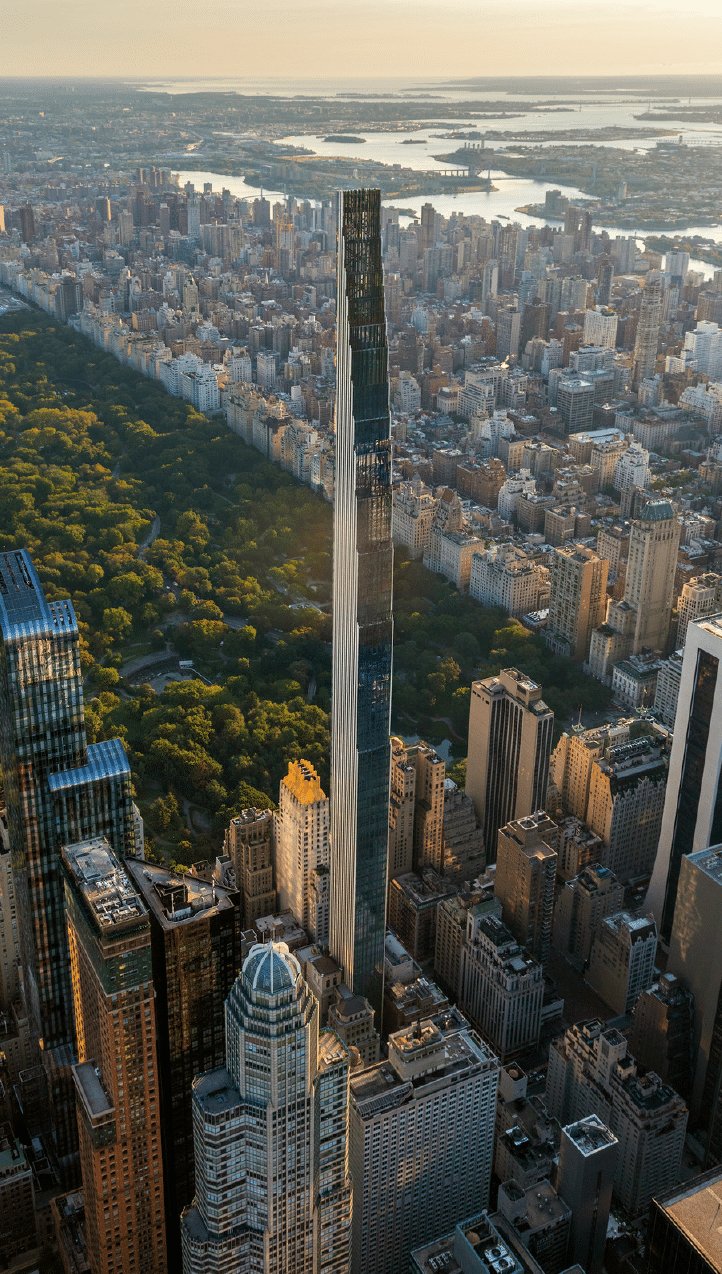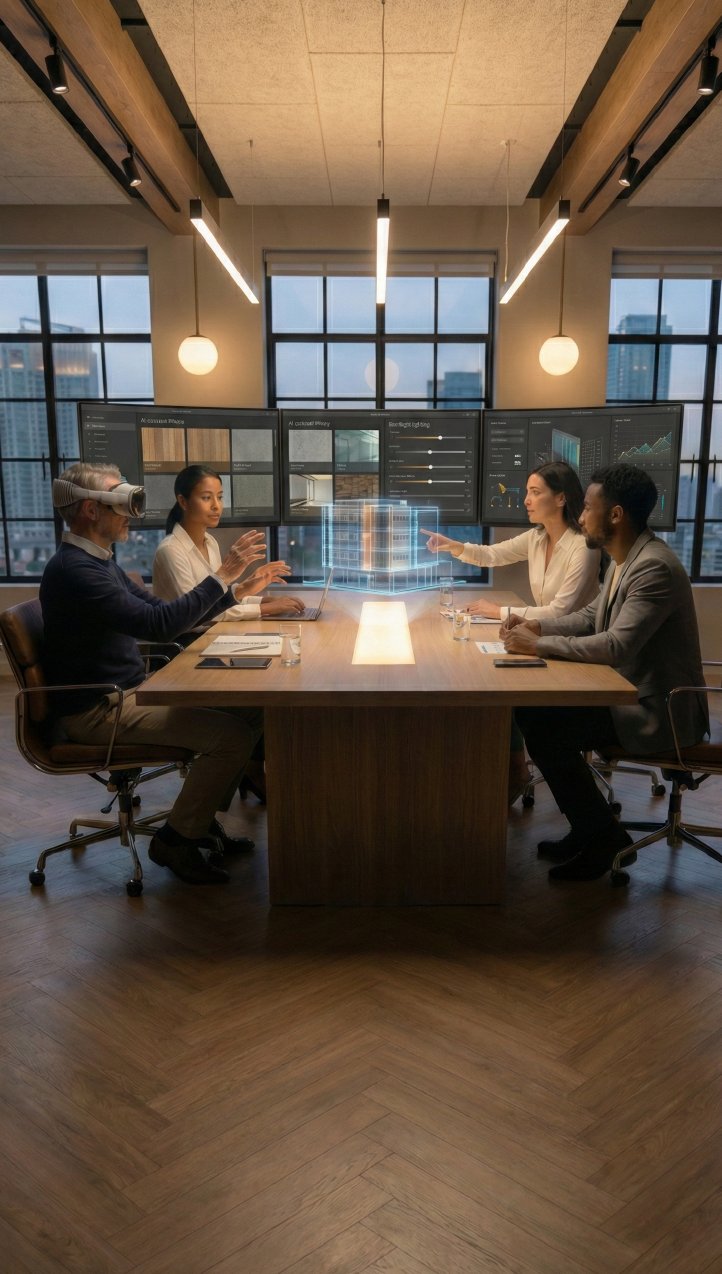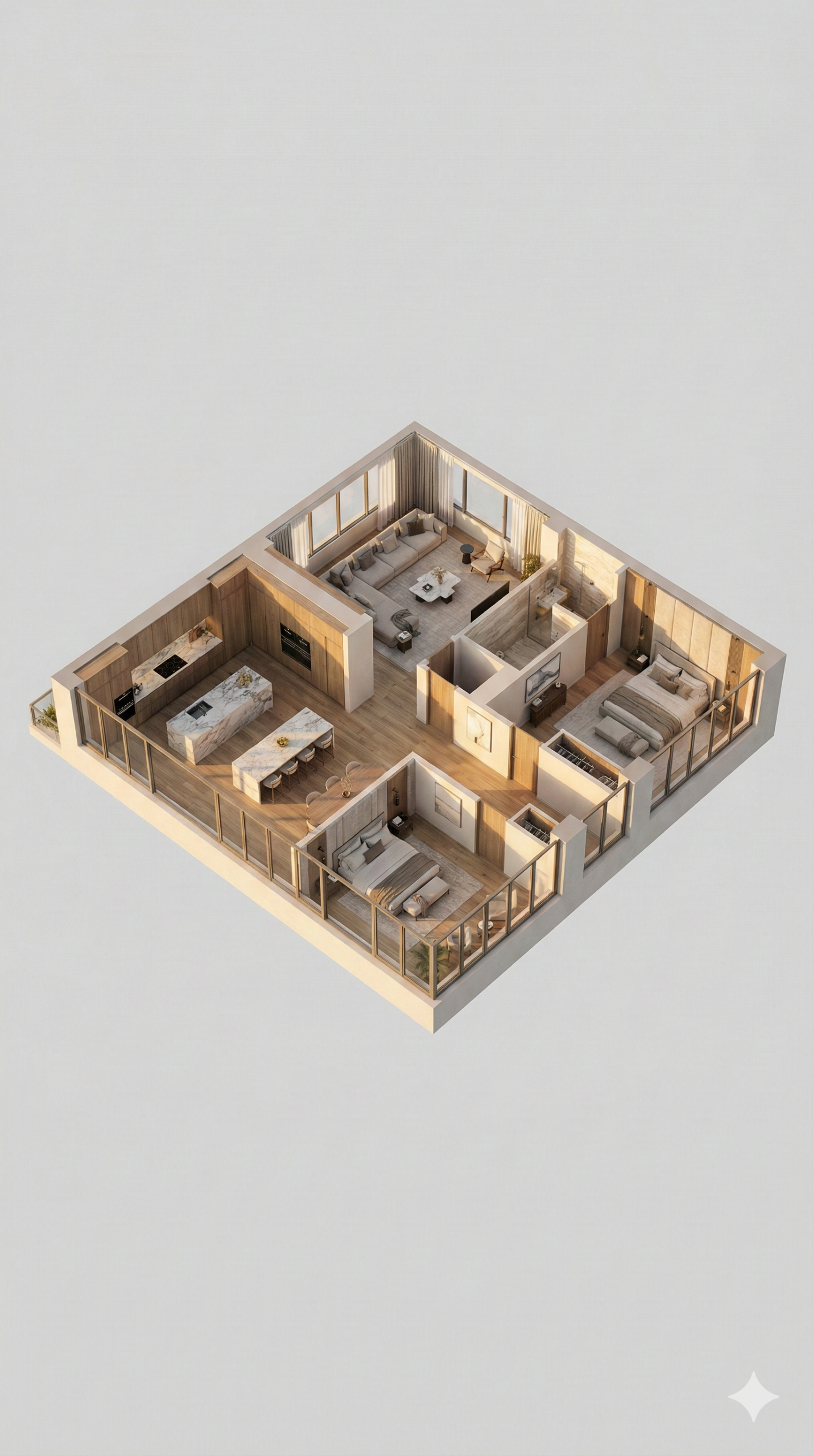At Xpress Rendering, we understand that producing stunning exterior renderings is crucial for architects, designers, and real estate professionals. To help you get the most out of your rendering software, we’ve compiled expert tips from seasoned users. These insights will not only enhance your renderings but also streamline your workflow, ensuring you deliver breathtaking results every time. Xpress Rendering helps architects save time with 3D renderings, allowing you to focus on what you do best—designing incredible spaces. Contact us today to learn how we can support your next project.
-
Optimize Efficiency with Proper Material Setup
Setting up materials correctly from the beginning can save you time and ensure consistency in your exterior renderings. Focus on ensuring that walls, floors, and roofs have the right materials assigned early in your workflow.
When elements such as walls, floors, and roofs have the correct material from the start, it eases the workflow significantly. This approach ensures that your rendering process is smooth and efficient.
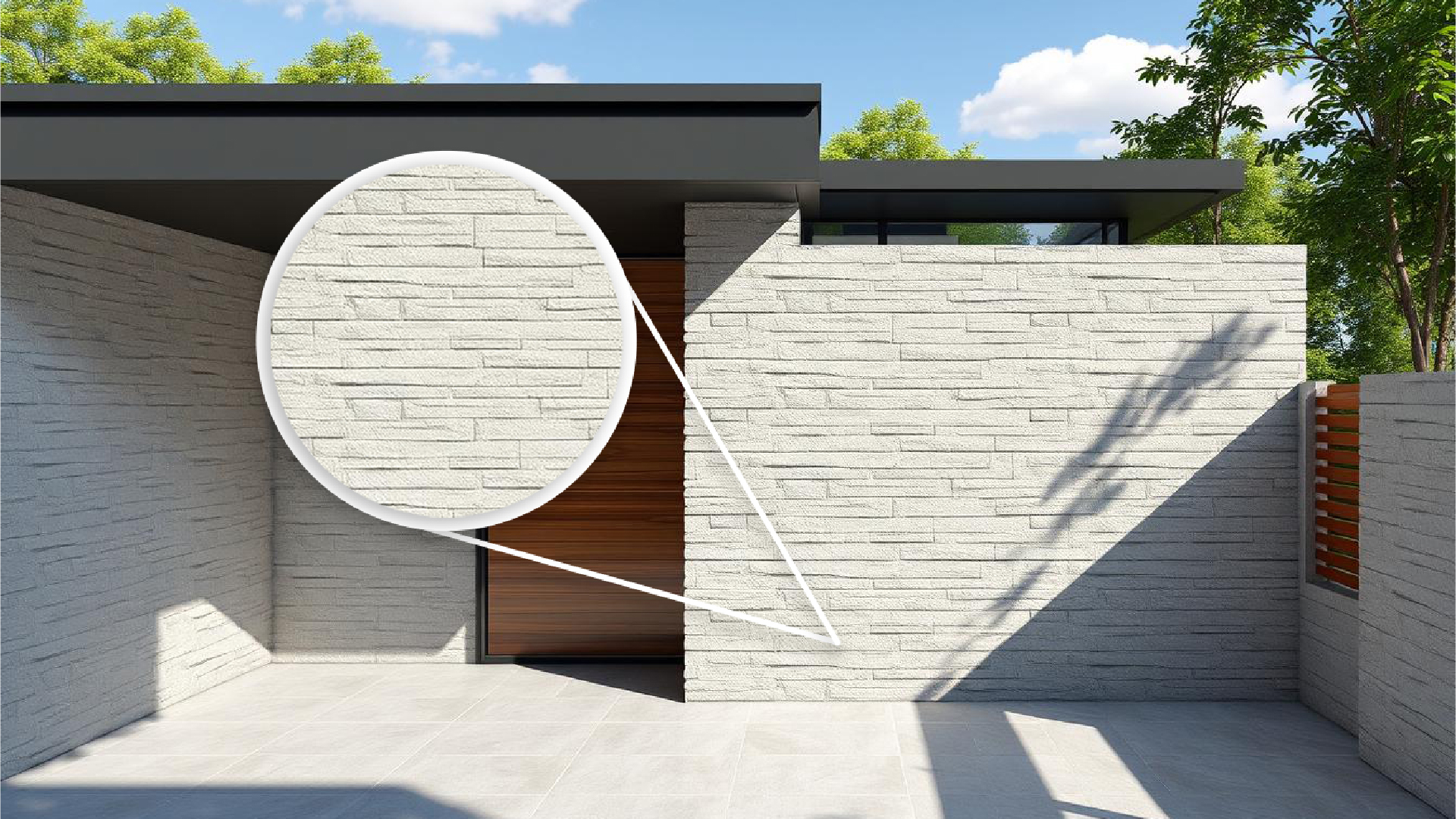
-
Utilize Strategic Shadows to Enhance Depth and Realism
A common mistake in exterior renderings is the overuse of light, resulting in flat, washed-out images. Strategic use of shadows can add depth and highlight key elements of your design.
Many designers overlook the importance of context behind the camera or outside the scene. Introducing elements like trees and contextual buildings can create more shadows in the foreground, adding depth and realism to your renderings. Softening renderings with tree shadows and adjusting sun brightness can further enhance the visual appeal.
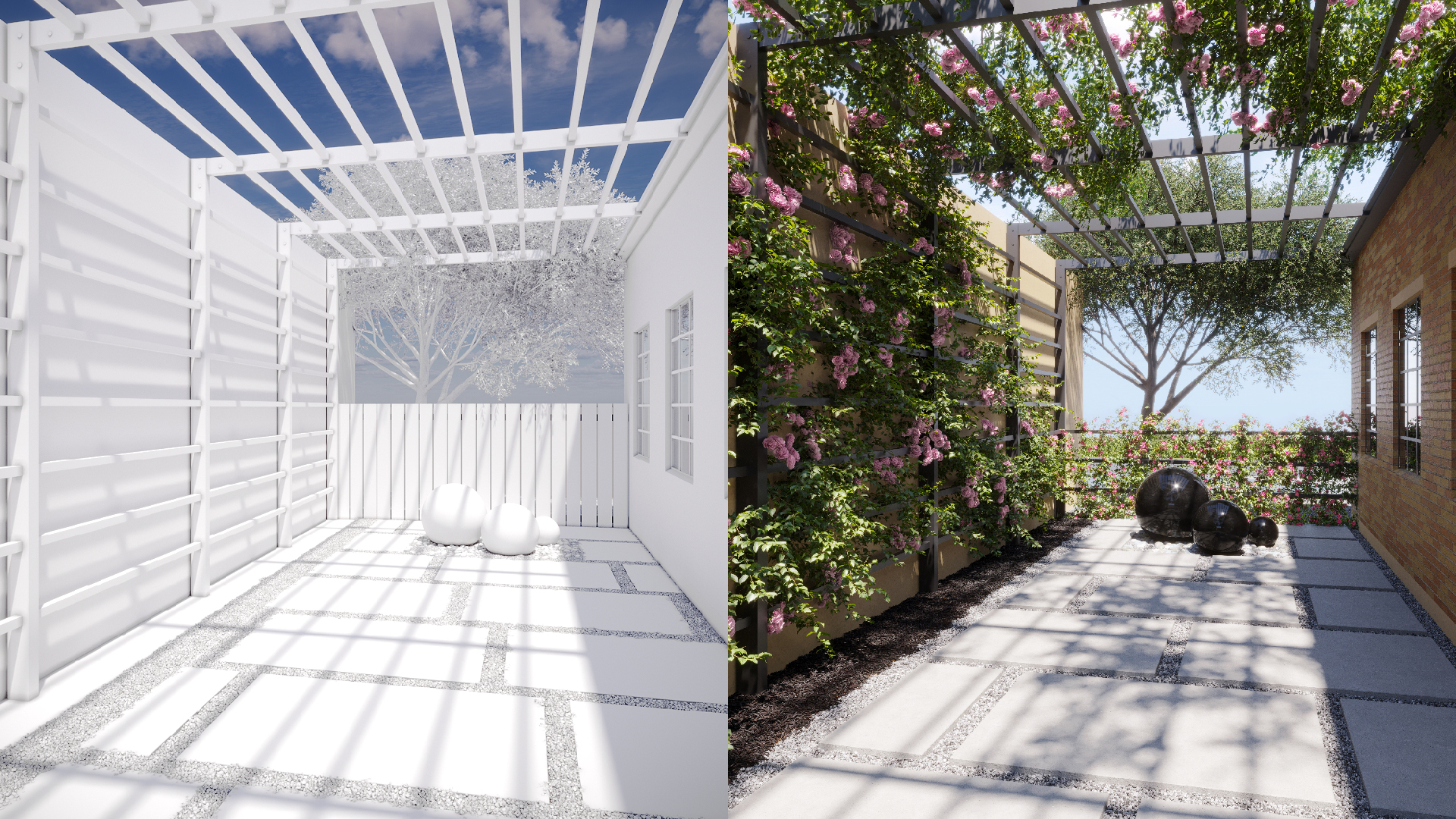
-
Enrich Your Scenes with Asset Library Objects
Empty spaces can detract from the realism of your exterior renderings. Adding objects, such as cars, people, and vegetation, can bring your scenes to life.
Adding cars, people, and ground cover can transform lifeless spaces into vibrant, realistic scenes. It’s important to match these elements to your building design’s style or income level. Observing real-life surroundings can inspire you to fill voids with appropriate objects and shadows.
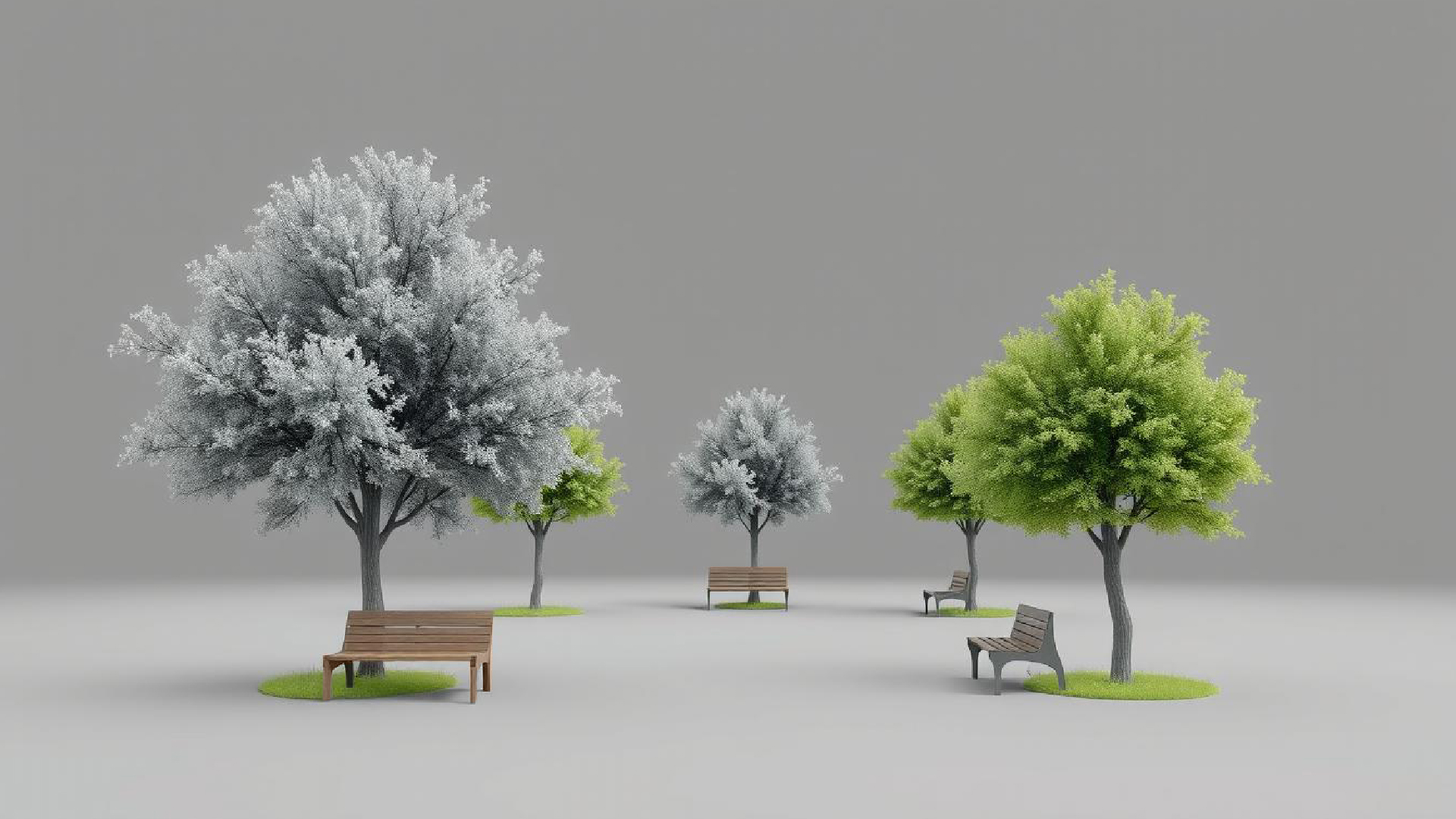
-
Enhance Realism with Accurate Lighting
Proper lighting is essential to create realistic and visually appealing renderings. Understanding how to manipulate natural and artificial light can significantly impact the mood and perception of your design.
Lighting can make or break your renderings. Paying close attention to the time of day, weather conditions, and light sources in your scene can help you create a realistic atmosphere. Experimenting with different lighting setups is key to highlighting architectural features effectively.
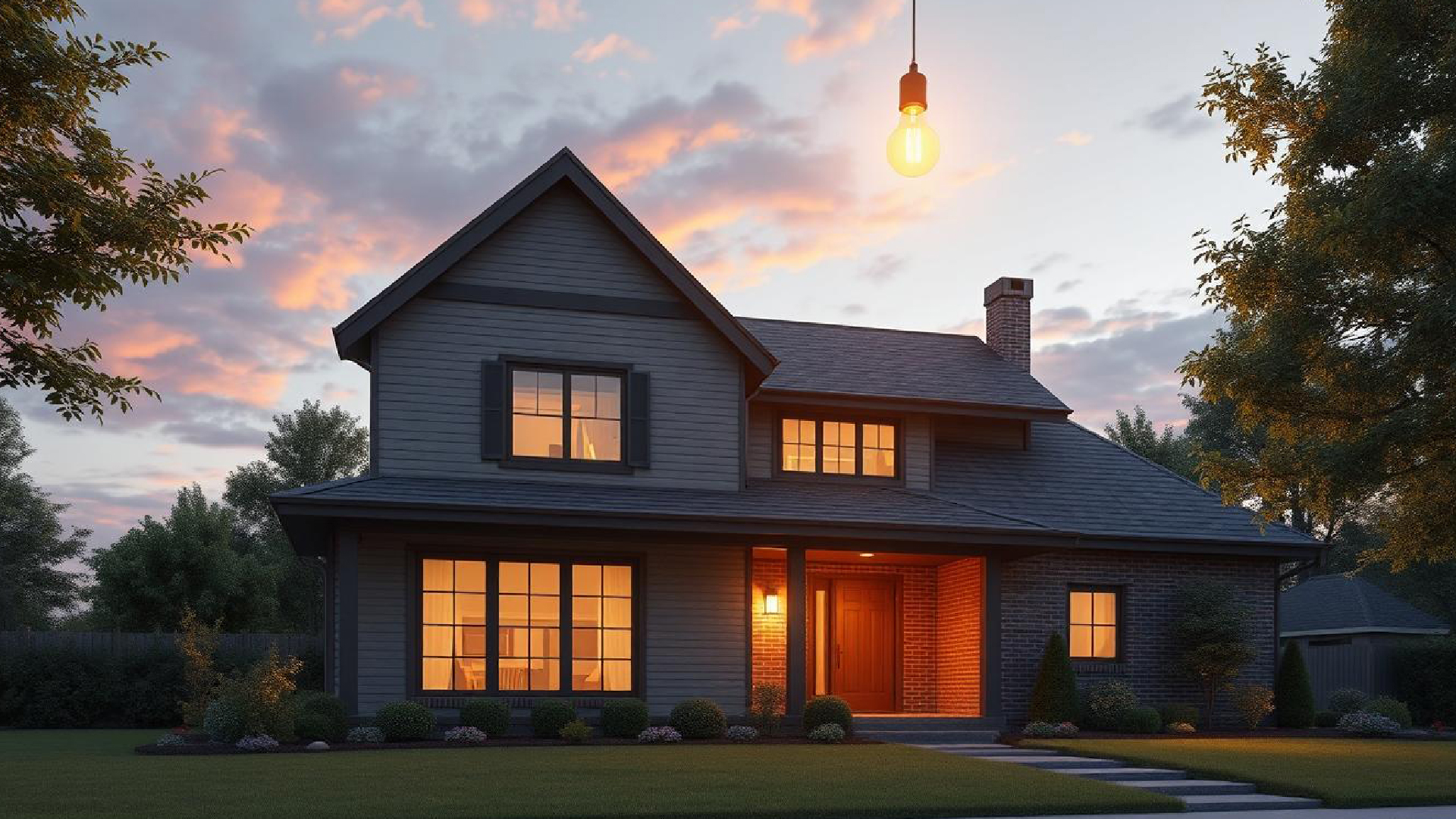
-
Refine Details with Post-Production Techniques
Post-production can greatly enhance the realism and quality of your renderings. Use software like Photoshop to fine-tune lighting, colors, and other details that may not be perfectly captured during the initial rendering process.
Post-production is where your renderings can truly shine. Adjusting levels, adding subtle lighting effects, and enhancing textures can significantly improve the final image. Investing time in post-production ensures a polished, professional result.
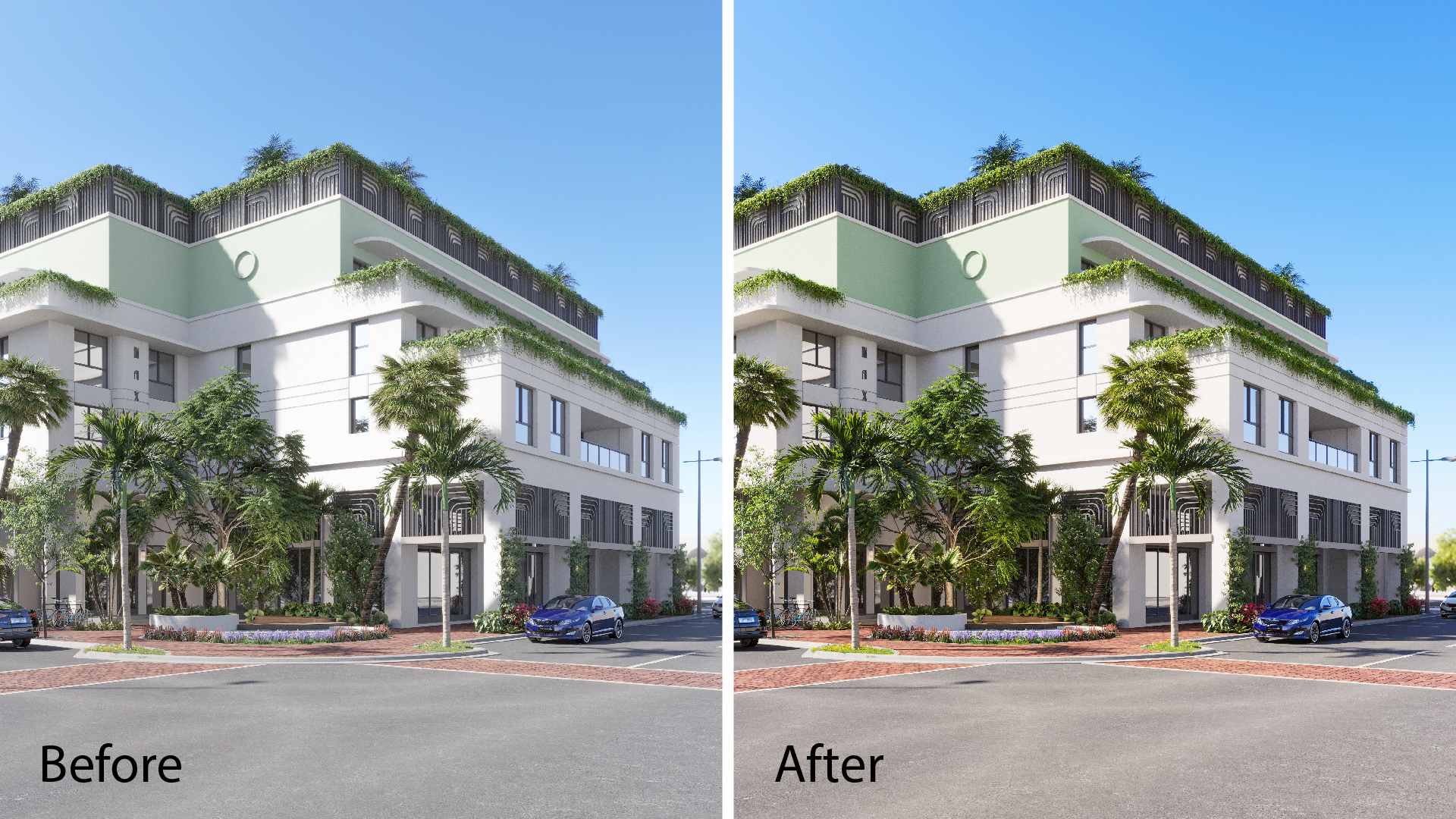
By implementing these expert tips, you can enhance the quality of your renderings, impress clients, and improve your workflow. Visit our website for more resources and join our community of professionals dedicated to excellence in architectural visualization. We invite you explore more insightful articles on our blog for additional expert tips and industry knowledge.
Stay Connected With Us: Follow us on LinkedIn, Facebook, and Instagram for more tips, updates, and inspiration.
